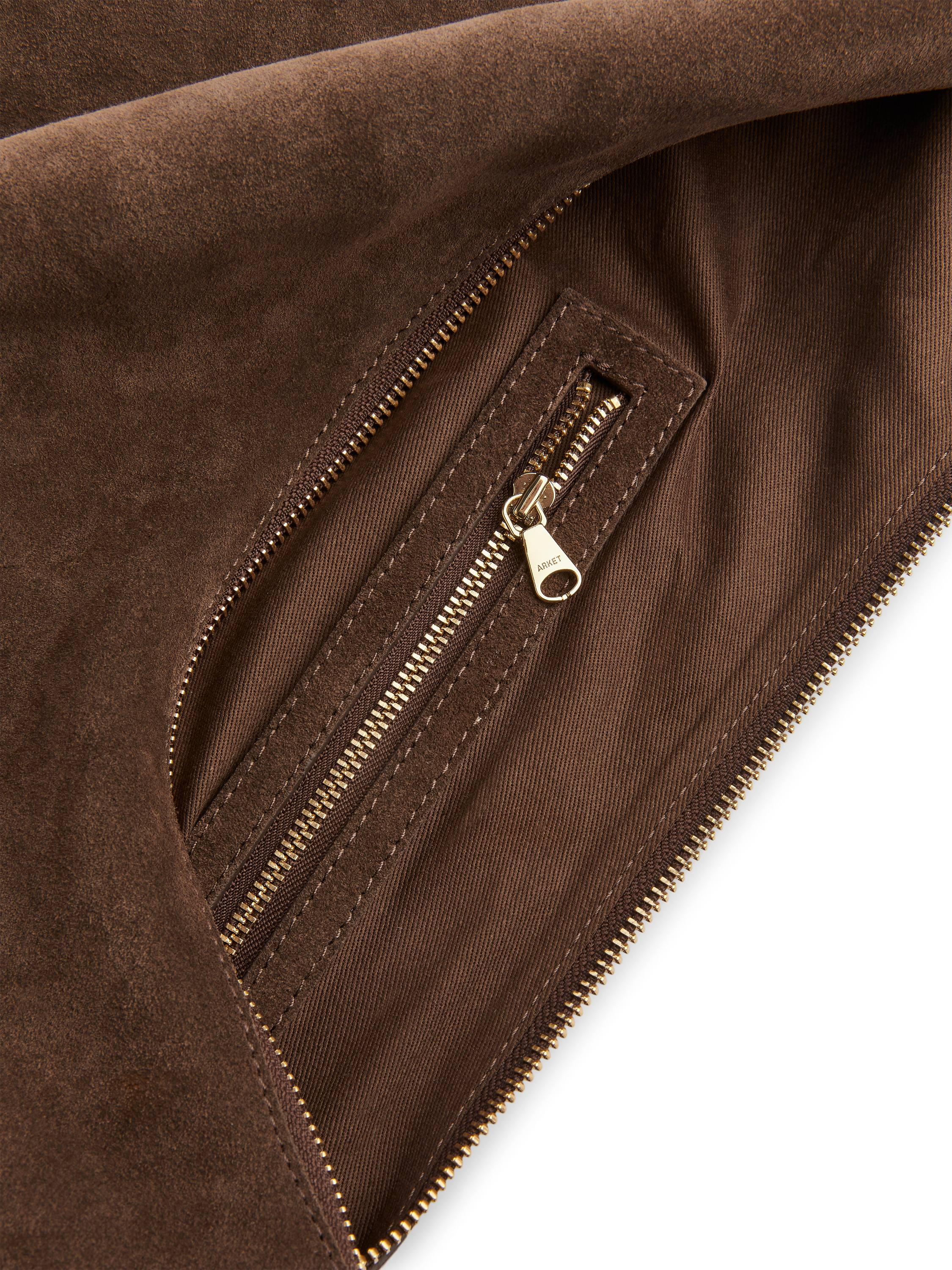ARTIST In spring and summer 2021 we’re introducing a new guest artist in our Artist Edition series, illustrator and author Nina Chakrabarti. Defined by a playful style and an expressive line, her work celebrates the art of looking closely. Taking inspiration from both the extraordinary and the often overlooked, her practice depicts an eclectic range of objects and motifs.
Now based in Hastings, on the south coast of England, Nina grew up in India and moved to the UK in her teens. On the occasion of the launch of our Artist Edition collection, we spoke to the artist about her take on the collection, her practice and the power of art to change the world.
‘Growing up in a huge city prepares you for life in big cities, anywhere. You just click straight in. I love getting lost in the chaos, the hustle and the bustle. When the city becomes overwhelming you seek out smaller pleasures – the village within the city, your corner shop, favourite restaurants and museums and walks.’
‘The beginning of my practice was a gradual process. I was in my late teens and working in a bookshop. Bored, I thought it would be good idea to do an art class of some kind. I had a really fun year of trying out various things – learning how to use a camera, how to do stop frame animation, making sculpture, painting and drawing. I loved to draw and applied to go onto further study in London. There I honed my drawing style and got introduced to the work of Andy Warhol, Robert Crumb and Jean Cocteau, all while having a great time – hanging out in the college coffee bar and making life-long friends.’
‘When I was 12, my mum, sister and I emigrated from India to the UK. We left most of our possessions behind. It was hard, in one way – especially leaving treasured books. But, on the other hand, when you do it you feel free. We used to get books out from libraries instead and wear second-hand clothes and shoes. I prefer to observe other people’s collections rather than having any of my own. I find it fascinating why people collect certain things like sugar packets, ceramic cats or travel sickness bags. You name it – someone somewhere has collected it!’
‘I think my appreciation for collections, objects and their stories is a reaction to disposable material things. There should be more thought about each and every purchase that we make. We should ask ourselves whether we really need it. Just because something is cheap doesn’t mean we should buy ten of them.’



